Review: ZTE Axon M for AT&T
Nov 27, 2017, 7:00 AM by Eric M. Zeman
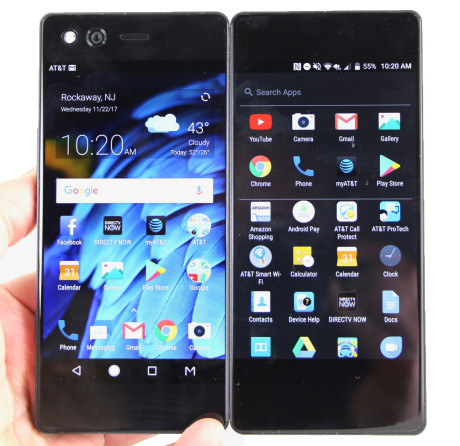
The Axon M is an entirely unique handset in today's market of slim slates. This dual-screened smartphone unfolds to create a large, tablet-sized display for multitasking and enjoying video on a wider canvas. ZTE's latest Android smartphone is nothing if not interesting. Here is Phone Scoop's in-depth review.
Is It Your Type?
The ZTE Axon M is a unique, dual-screened Android smartphone for those seeking something far off the beaten path. If you're tired of today's me-too Android slabs and want to maximize screen real estate for video and multitasking, the Axon M is worth a double-take.
Body
The Axon M is something entirely new. The main focus was to design a phone with a really big screen while keeping the dimensions well under those of a tablet. The result is the Axon M, a device with two 5.2-inch full HD displays that fold out to create one, big 6.9-inch screen.
The Axon M isn't the first phone to take the two-screen approach. Kyocera had a similar idea with its Echo, but that was six years ago. Android has changed since then, and so have we; many of us use our phones a bit differently these days.
The Axon M is a humongous, blocky chunk of aluminum and glass. Few phones look as much like a shoebox as this phone. ZTE opted for curved-edge Gorilla Glass 5 on both the front and rear surfaces. The primary screen is affixed to the thicker half of the phone, while the secondary display is fitted to a thinner metal panel. A rounded hinge runs the entire length of the phone's right edge. The side edges are flat and feel sharp against your palm. I do like the matte black paint job on the metal frame. It contrasts nicely with the reflective glass surfaces.
The Axon M is thick by modern standards at 12.1mm. (The bulk of phones fall between 7 and 10mm thick.) It also feels narrow(ish) and not too tall, but it's the thickness that really hurts. The weight is pretty hefty, too; the Axon M weighs in at a full half pound. The beefy aluminum chassis and glass make for a heavy phone that you'll know you're carrying it around. The blocky footprint and sharp corners aren't the most hand-friendly I've used. It feels cold and brick-like in your hand, whether you prefer small or large devices. Good luck getting the Axon M into your pockets. The thickness and shape together make it a tight, uncomfortable squeeze into tight pockets. Those corners are really pokey when you sit down.
The glass and metal components are tough stuff. The sheer thickness of the aluminum frame and gigantic hinge give the phone a strong, rugged feel. The two Gorilla Glass panels are fitted into their respective places tightly with no gaps in the construction. I appreciate how the glass is curved along the frame edges.
The phone itself is not actually rugged. Any device that relies on glass front and back is by definition doubly breakable. It's not water resistant, either.
The Axon M's face reminds me a lot of Sony's Xperia handsets thanks to the overly thick top and bottom bezels. You can't miss the camera and flash, which are positioned in the phone's forehead. Both components look over-sized to me.
Top and Camera
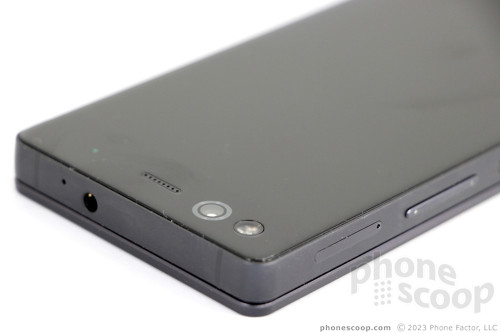
ZTE enclosed the Axon M in an aluminum frame. All the buttons are on the left side of the phone. A volume toggle is closest to the top. It has a decent profile and the action is pretty good. The feel is nice, though the clicky sound is a bit much for me. The screen lock button is actually recessed a bit from the surface of the side edge. It doubles as a fingerprint reader. I didn't have any trouble locating it and the action was pretty decent. Last, ZTE included an action button, positioned closer to the bottom of the left edge, that does two things. A short press launches the camera app. A long press will launch your favorite mobile video app. It is not a shutter button for the camera, which is really weird.
The entire right edge of the phone is reserved for the hinge between the two halves of the phone. It feels really strong. ZTE included a 3.5mm headphone jack on top of the Axon M, and a USB-C port on the bottom. You'll see slits for the speaker on the bottom as well.
Bottom Edge
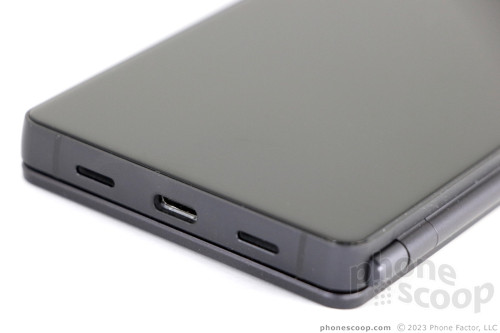
When closed, the Axon M's rear panel almost mirrors that of the front. It's a single, uninterrupted piece of glass glued into a metal frame. There is no camera module, no branding, and no buttons. You'll see the same thick bezels above and below the secondary display, and that's about it.
I'm nervous about ZTE's approach here. There's absolutely no protection for this second screen. With no rim around the outer edge, it's fully exposed. You risk scratching it every time you rest the phone on its rear surface. ZTE has some cases available for the Axon M, but none are included in the box. At the very least, ZTE should have included a stick-on screen protector.
Opening and closing the phone is satisfying. There's a small groove between the two halves that's easy to catch with your finger. The hinge is not loose and doesn't flap around. The secondary display stays firmly in place no matter where you position it. That's important. When opened all the way, the left half of the phone is about three times thicker than the left half, which sort of hangs outward when placed on a flat surface. If you flip the phone over, all you'll see is the metal rear coverings. There's nothing exciting at all, just the functional components of the hinge.
Tent-style
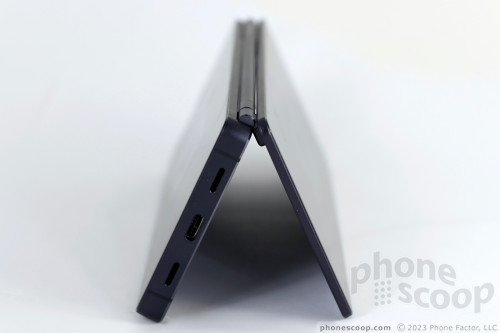
The phone is definitely more awkward to hold when open. Your thumb can only find purchase on the rounded hinge. It doesn't inspire confidence. You can stretch your palm and cradle the phone between your thumb and middle finger, but this isn't the most comfortable experience either.
In all, the hardware is pretty good. It's definitely unique. There's no question ZTE put together a more compelling device than the 2011-era Kyocera Echo. I understand the limitations of today's hardware, but I worry about the breakability of this phone, the likelihood that the rear glass will get scratched up, and the unappealing thickness of the device when closed. These are the trade-offs you need to accept for everything that makes the phone unique.
Full screen
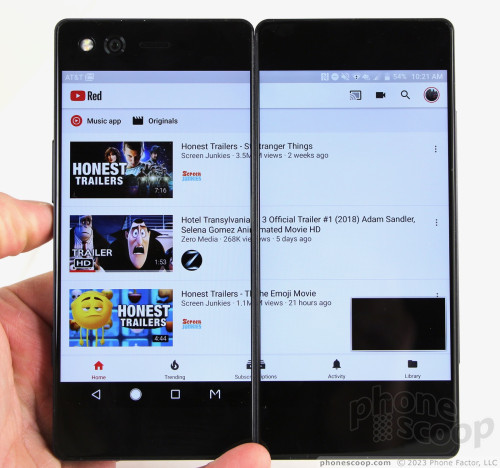
Screen
On their own, the twin 5.2-inch screens are decent. The smaller individual size and full HD resolution are a good pairing. Pixel density is great when viewing one or the other. The LCD panels put out plenty of light. Color looks great and viewing angles are quite impressive.
Used together, the screens don't quite deliver the experience for which I was hoping.
When fully opened, the panels create a screen with a 6.9-inch diagonal that's 2,160 pixels wide by 1,920 pixels tall. It's almost square. A thick black line bifurcates the two displays. It's something I was hoping would sort of vanish after using the phone for a while, but no, it remains distractingly obvious.
Signal
AT&T sells the Axon M and we tested this ZTE handset on AT&T's network in and around New York City. The phone showed a strong connection to Big Blue throughout the metro area. I took it on a jaunt on the highway, and the phone was able to keep Google Maps running in real-time navigation mode the entire way without fail. I didn't see the phone drop to 3G, and it never lost the network completely.
Data speeds were decent, but not the best I've seen on AT&T's network. It was solid enough to handle YouTube and Spotify. The phone was able to connect phone calls under the worst signal conditions and it didn't drop any calls. It performed really well from a wireless perspective.
Sound
The Axon M is a solid voice phone. I was generally pleased with voice quality across the board. The earpiece puts out plenty of sound. I had no trouble hearing calls in noisy coffee shops, busy shopping malls, and in the car. Quality is very good. I didn't notice any distortion at high volumes, and voices typically had a warm timbre. Those I spoke to through the Axon M said I sounded excellent.
The speakerphone is decent, but not the best I've encountered. It delivers a good jolt in the volume department, but clarity suffers a bit, particularly at high volumes. It works in the car well, as long as you don't mind some distortion.
Ringers are loud enough that they should always get your attention. The vibrate alert, however, was just barely strong enough to feel in your pocket.
Battery
Battery life varies greatly. The Axon M packs a 3,180 mAh battery. If you don't use the secondary screen at all, you can push the phone from breakfast to bedtime without much issue. I was able to get a whole day out of the phone consistently using just the main display. Unfolding that second screen will put a big dent in battery life, particularly if you crank the brightness up. I found battery life dropped by hours when the second screen was put to regular use. Battery life is more like breakfast to dinner, rather than betime. That's a big — but understandable — difference. Screens are the biggest power draw on any mobile phone and doubling up the screens means twice the battery drain.
ZTE gave the Axon M the simple, Android system battery saver. It can be helpful in a pinch. The power save can be toggled on manually, or set to activate automatically when the battery reaches either 15% or 5%. You might get an extra hour or two from it.
Thankfully the phone supports Qualcomm Quick Charge 3.0, which means fast charging when used with the included charger. This is a must-have feature for a phone with two displays. I found 30 minutes of charging delivered nearly a half-day's battery life.
Bluetooth, GPS, NFC, WiFi
I didn't run into any issues with the Axon M's other radios. For example, the Bluetooth 4.2 radio connected to headsets and speakers with no problems. Phone calls pushed through my car's hands-free system were about average in quality. Music sounded warm and colorful when streamed to a nearby Bluetooth speaker.
GPS located me quickly and accurately. The phone dialed in my location in 5 seconds or less, and accuracy was as good as about 25 feet. The phone worked well as a real-time navigation tool and had no trouble handling driving, walking, or public transit directions.
NFC aboard means you can set up Android Pay if you wish. I also found it helpful for pairing with some Bluetooth accessories.
The WiFi radio did a commendable job.
Comments
No messages


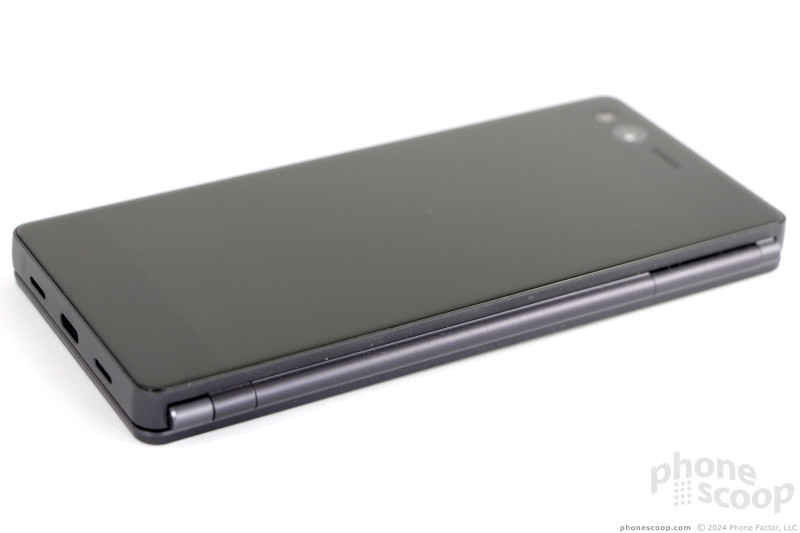






















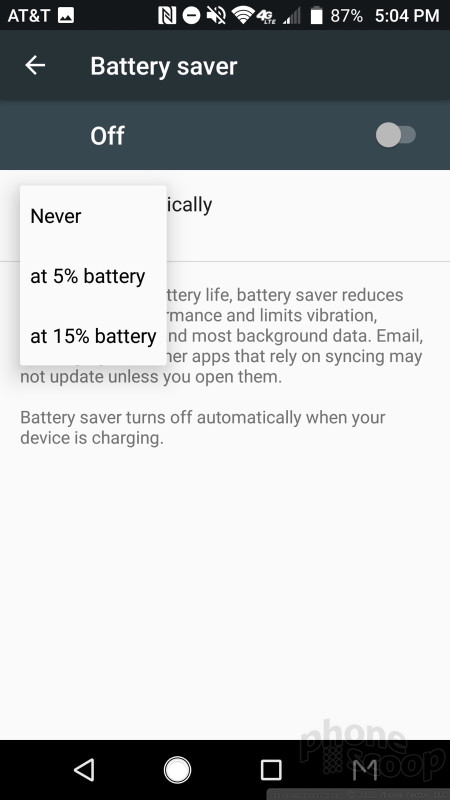



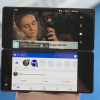 Hands On with the ZTE Axon M
Hands On with the ZTE Axon M
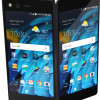 ZTE's Axon M Boasts Dual, Folding Displays to Create Tablet-Sized Screen
ZTE's Axon M Boasts Dual, Folding Displays to Create Tablet-Sized Screen
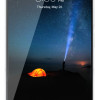 ZTE's Axon 7 Gains a Security Patch
ZTE's Axon 7 Gains a Security Patch
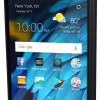 AT&T Says Axon M Will Reach Stores November 17
AT&T Says Axon M Will Reach Stores November 17
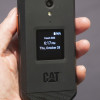 Hands On with the CAT S22 Flip
Hands On with the CAT S22 Flip
 ZTE Axon M
ZTE Axon M




